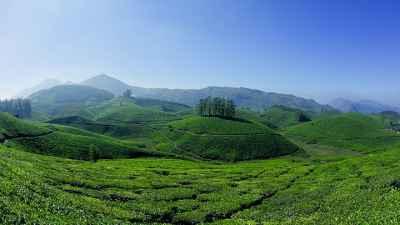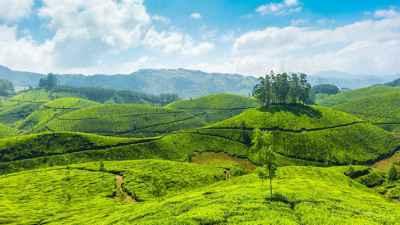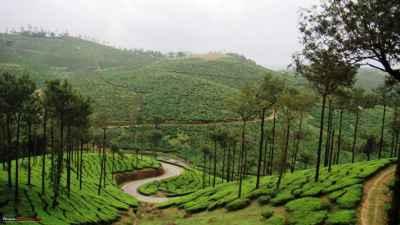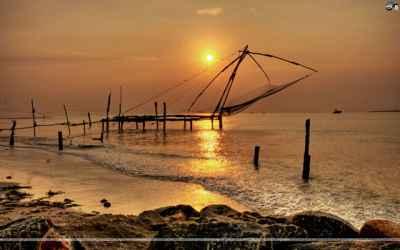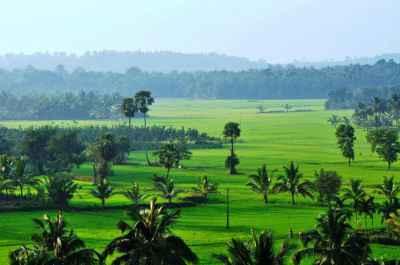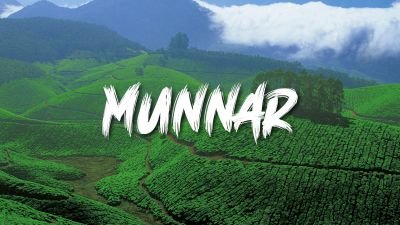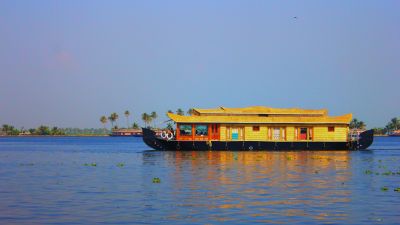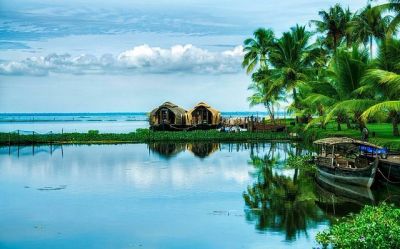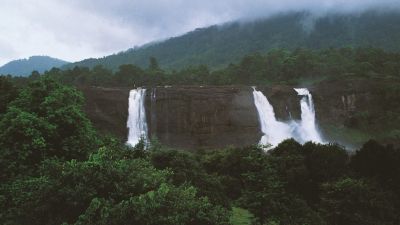Traditional Garbs of Kerala: From Mundu to Kasavu
Traditional Garbs of Kerala: From Mundu to Kasavu
Welcome to God's own country, Kerala, where culture and tradition emanate from every corner. One of the most fascinating aspects of Kerala culture is its traditional clothing. The people of Kerala take great pride in their attire, which reflects their rich heritage and history. In this blog post, we will explore the traditional garbs of Kerala, from the ubiquitous Mundu to the intricately woven Kasavu saree.
Mundu:
The Mundu, also known as the 'Kerala Dhoti,' is a staple in every Keralite's wardrobe. It is a simple, unstitched garment made from a piece of white cotton fabric. The Mundu is worn by both men and women, although the style of draping may vary.
For men, the Mundu is worn as a lower garment. It is wrapped around the waist and then draped over the shoulders, resembling a long skirt. It is usually paired with a traditional shirt called Mundu Veshti, completing the traditional attire for men.
Women, on the other hand, fashion the Mundu differently. They wear the Mundu as a two-piece garment, with the lower piece called the 'Mundu' and the upper piece called the 'Neriyathu.' The Neriyathu is draped over the blouse and then brought over the shoulders, similar to how a stole is worn.
Kasavu Saree:
No discussion about traditional clothing in Kerala would be complete without mentioning the Kasavu saree. This exquisite saree, usually white or off-white in color, is woven with golden zari borders known as 'kasavu.' The Kasavu saree is a symbol of elegance and grace and is predominantly worn by women on festive occasions and special events.
The Kasavu saree is typically made from fine cotton or silk fabric, showcasing intricate golden patterns on the pallu and borders. The saree is often paired with a matching blouse and adorned with traditional gold jewelry, enhancing the overall look.
Pazhampori Mundu:
Another significant garment in Kerala's traditional wardrobe is the Pazhampori Mundu. It is a distinctive attire worn by men, especially during festivals and cultural events. The Pazhampori Mundu is a double-layered garment consisting of a Mundu as the inner layer and a beautifully pleated and embroidered piece of cloth as the outer layer.
This unique style of dressing adds a touch of grandeur to the overall appearance and is often accessorized with a traditional waist belt and a Kerala-style turban known as 'Mundum Neriyathum.' The Pazhampori Mundu is a true reflection of Kerala's traditional dressing and is an essential part of cultural festivities.
Conclusion:
Traditional garments in Kerala hold immense cultural significance and are an integral part of the state's identity. From the humble Mundu to the regal Kasavu saree, each outfit tells a story and represents the rich heritage of Kerala. So, the next time you visit Kerala, don't miss the opportunity to witness the beauty of these traditional garbs up close!
Remember to share this blog post with your friends and family who might be interested in learning about Kerala's traditional clothing. Sharing is caring, and together we can spread the beauty of Kerala's culture!
Disclaimer : The information provided in this blog is for general informational purposes only. While we strive to keep the content accurate and updated, TravelSetu assumes no liability for errors or omissions. If you believe any part of this blog infringes your rights or causes concern, please notify us immediately at info[at]travelsetu[dot]com so that appropriate action can be taken.
